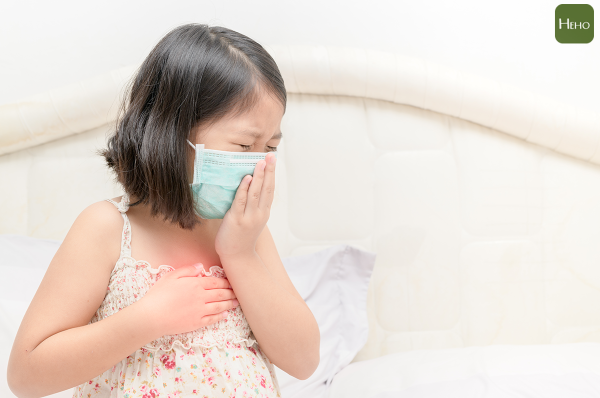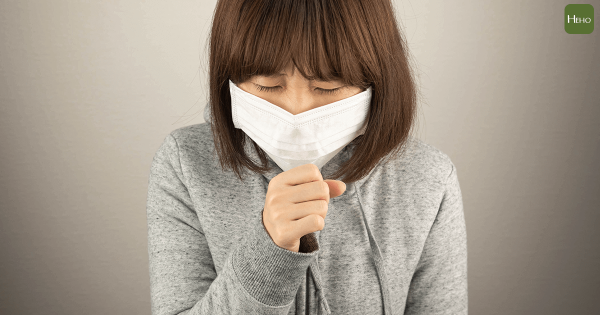Many parents bring their children to the clinic and, upon entering, say, “My child has had a fever for five days, red eyes, and has been coughing for two or three days. The medication doesn’t seem to be working, and we suspect it’s a Mycoplasma infection. Can the doctor prescribe antibiotics?” In reality, Mycoplasma infections do not necessarily require immediate antibiotic treatment. Most pediatric patients, even if infected with Mycoplasma, can rely on their own immune system to fight off the bacteria and gradually recover. (Photo: Provided by Heho Health)
Most pediatric patients, even if infected with Mycoplasma, can rely on their own immune system to fight off the bacteria and gradually recover. (Photo: Provided by Heho Health)
Dr. Liao Li-Qin, Director of Pediatric Cardiology and Pediatrician at Wuri Linxin Hospital, explains that Mycoplasma is also known as “walking pneumonia,” and it tends to cause outbreaks every few years. Patients infected with Mycoplasma don’t always have high fevers, and even if they do, their general condition may not be too severe. In general, caution should be exercised if a dry cough persists for more than two weeks. Additionally, Mycoplasma infections can lead to extra-pulmonary symptoms such as vomiting, abdominal pain, and skin rashes. The incubation period is about 1 to 2 weeks, so it usually starts with one family member developing a prolonged cough, followed by others, rather than all members getting sick simultaneously.
Diagnosing Mycoplasma infections is not easy and requires a combination of clinical symptoms, contact history, and serological test results (Mycoplasma pneumoniae antibodies IgM, IgG). Generally, 7 to 10 days after infection, IgM and IgG levels in the blood gradually increase, peaking in 3 to 6 weeks. A confirmed diagnosis requires two blood tests 2 to 4 weeks apart. If IgG antibody titers show a fourfold increase, it can be confirmed as a Mycoplasma infection.
The current antibiotic resistance of Mycoplasma in Taiwan is relatively high, which is closely related to the overuse of antibiotics in the past. Many doctors administer empirical antibiotics to patients without a confirmed diagnosis, leading to increased resistance. Therefore, Dr. Liao emphasizes that even though Mycoplasma resistance is high in Taiwan, other treatment options, such as second-line antibiotics or corticosteroids, are available. Mycoplasma is also known as "walking pneumonia." (Photo: Provided by Heho Health)
Mycoplasma is also known as "walking pneumonia." (Photo: Provided by Heho Health)
The most common antibiotic used is Azithromycin; however, it should only be prescribed once the diagnosis is confirmed, or when the patient has already developed pneumonia. Dr. Liao urges parents that indiscriminate use of antibiotics will only continue to worsen Mycoplasma resistance. Most pediatric patients, even if infected with Mycoplasma, can rely on their immune systems to fight off the bacteria and gradually recover, unless the patient has an immune deficiency or severe asthma, in which case more caution is needed.







